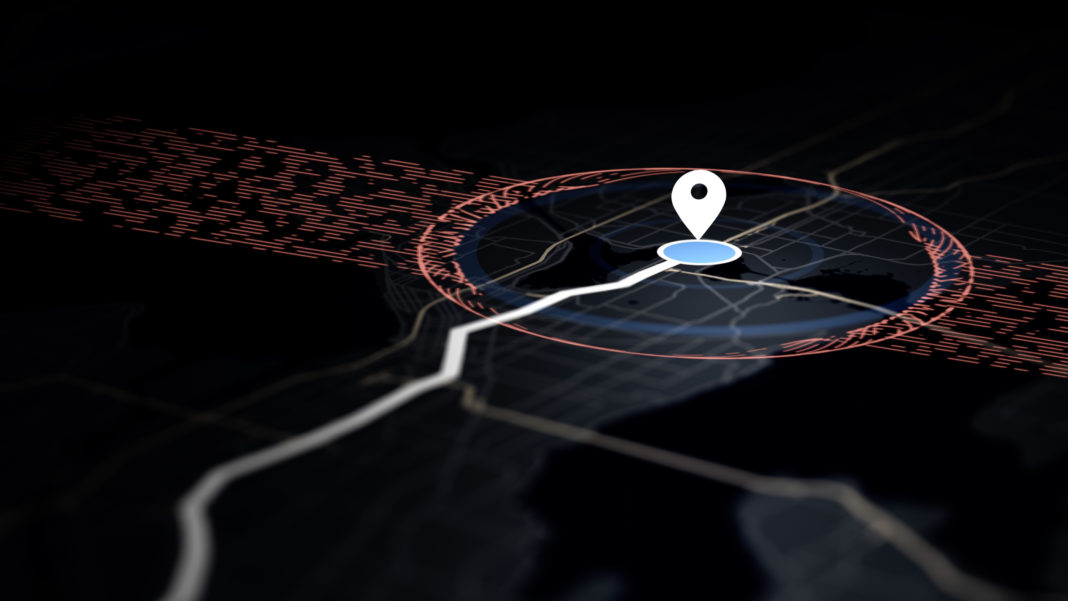While you may not be familiar with the term “geofencing,” you’ve almost certainly experienced it.
Whenever you cross the border into another country and find that your viewing options on Netflix have changed, that’s geofencing. Geofencing is also the technology that makes your lottery app stop working when you go into another state, and it’s what triggers that push notification from the Starbucks app when you’re near one of their locations.
So what is geofencing, and how exactly does it work?
In simple terms, geofencing is the creation of a virtual perimeter around a geographic area. Apps or software may work differently (or not at all) based on a user’s location, businesses can send personalized advertisements when customers are nearby, and parents can receive notifications if their child (or their device) leaves a designated school zone. The applications are many and various.
And if you are thinking, this is a needless variation on geolocation–the technology that gets texts and phone calls into your device–there are some differences in geolocation and geofencing.
When it’s not acting as the routing system for your phone calls and texts, geolocation might be helping you determine the fastest driving route to a destination, or the distance to the nearest gas station. It finds you via cell towers that communicate in vast networks that include satellites.
Geofencing is not used much on the individual unless they are under house arrest. It’s a service provider thing. If an app’s services are legal in one state but not another (e.g. lottery, cannabis delivery, abortion services) the app’s developer and provider could be liable for providing an illegal service, and would need to ensure that their software is only being used within a specific and well-defined area. The same reasoning applies to services providing copyrighted content. In most of these cases, the intent is more to restrict use and access to services rather than to enable them.
More user-centric applications beyond the ankle tracker might include the detection of compromised accounts or stolen devices (e.g. if someone logs into a company account from an unexpected location), or tracking fleets of vehicles to identify unauthorized usage outside of a specific area.
How does geofencing work?
Geolocation can be set up with different kinds of technology. Here are a few of them:
IP address: An IP address is a unique identifier assigned to a specific device connected to the internet. They provide a general location, but they are not very accurate and are useless if a device connects to the internet with a VPN. IP address-based geofencing is better when the fence is between nations rather than municipalities or states.
GPS: GPS, or Global Positioning System technology, uses satellites to track devices with enabled hardware within a few meters of a user’s location. Although GPS tends to be one of the most accurate methods of locating a device, it can be affected by signal strength and interference.
Mobile device tracking: Most mobile devices provide several methods to identify your location for geofencing purposes: Location tracking can be network-based, where a location is pinpointed to the nearest cellular tower; device-based, where signal strength and proximity to other devices is used to determine a general location; or SIM card-based, where a user’s location is traced via radio signals. Mobile device tracking typically uses a combination of the above methods along with GPS for a precise location in relation to a geofence.
Are there risks associated with geofencing?
The benefits and drawbacks associated with geofencing depend on how it’s applied. As with any location-based technologies, it has the potential for unwanted surveillance, abuses of privacy and even cyberstalking, but it can also provide an effective tool for businesses to ensure legal compliance and allow for a more proactive cybersecurity stance for organizations.










